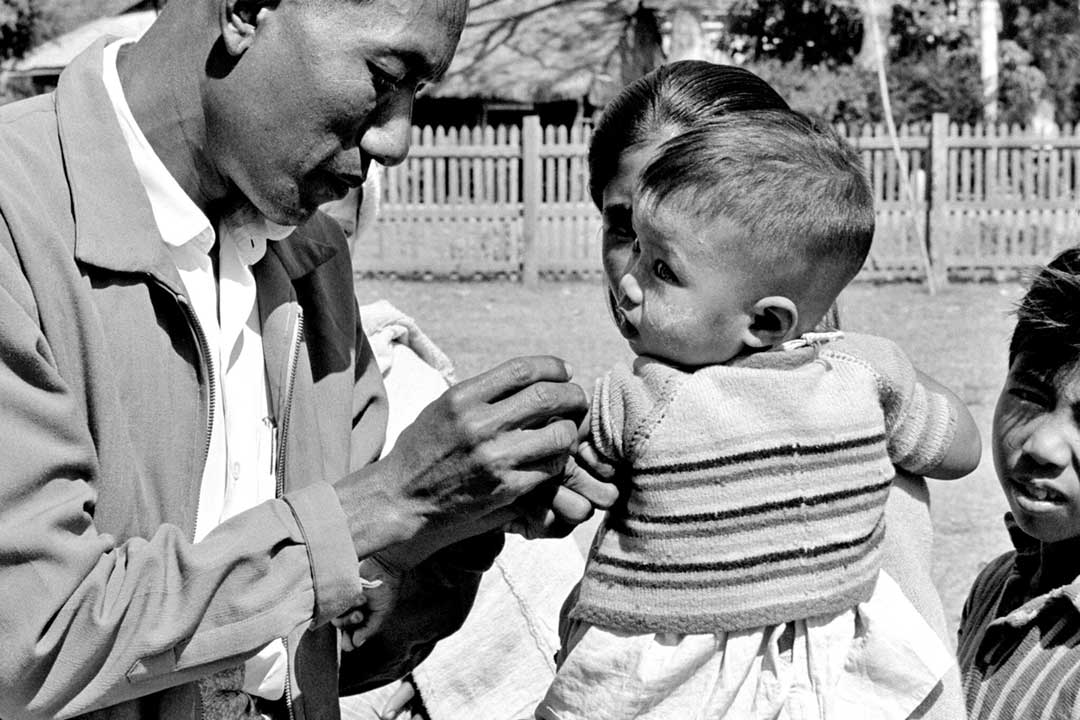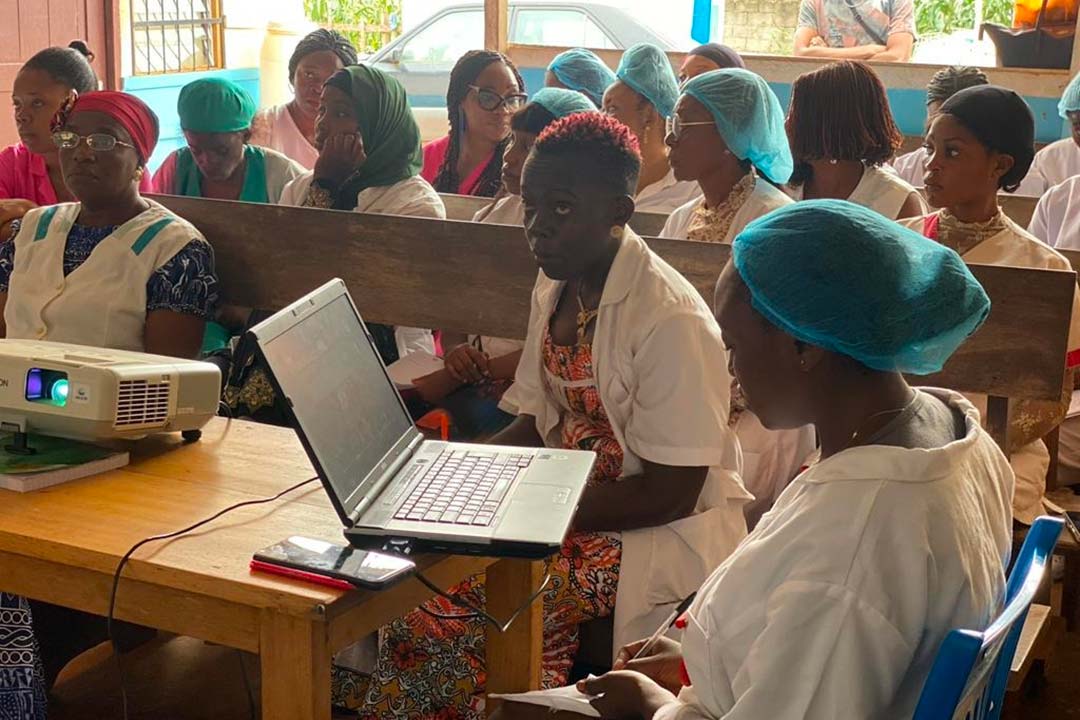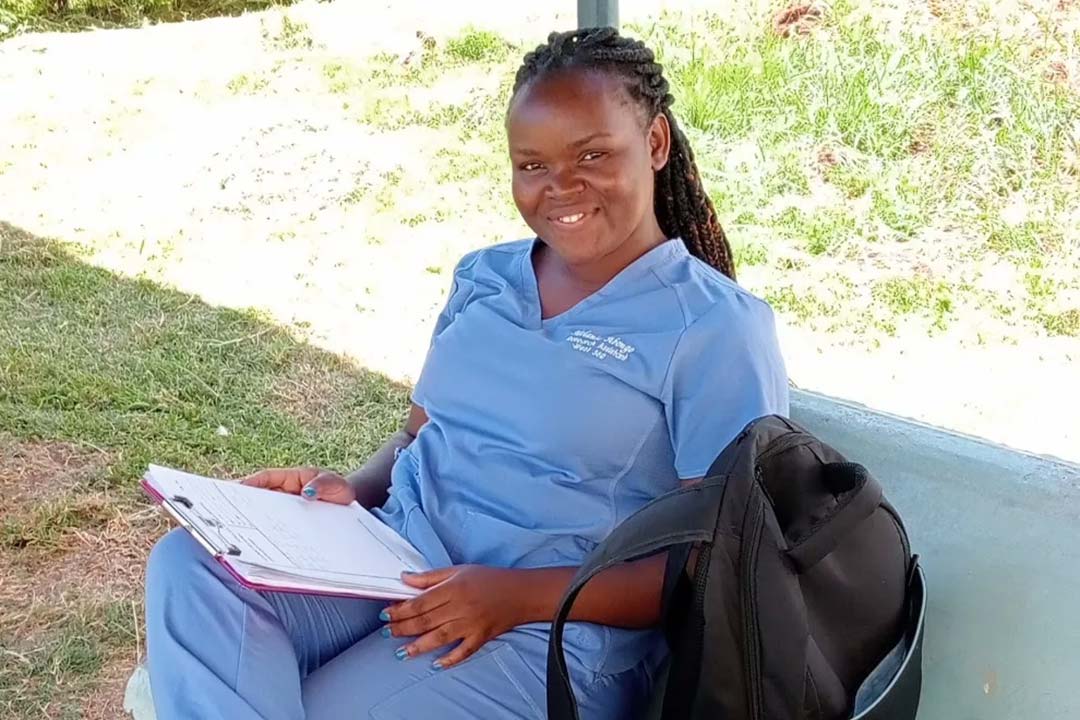How can the technology in our pockets track COVID-19?
Tracking who is infected is essential to controlling the transmission of contagious diseases. Could digital technology prove to be a game-changer for the current pandemic?
- 8 May 2020
- 4 min read

To control a contagious disease, it is important to know who patients have been in close contact with in the recent past, in case those people have also become infected. This is done through “contact tracing”, a well-established epidemic control technique that was first deployed by John Snow as far back as 1854 to trace the source of a cholera outbreak in London.
Manual past
Getting hold of the necessary data has, until recently, been an extremely labour intensive endeavour. Contact tracers interview people who have contracted the disease to discover what they can – and then use old-fashioned ‘detective skills’ to find those people who have been in contact with the carrier. That can involve talking to shop owners, calling family members, looking at aircraft passenger lists and much more besides.
Manual processes are long, complicated and can be flawed. The interviewee may not remember or know everyone they came into physical contact with. And even if they do, it may not be possible to trace everyone. On top of that, the tracers put themselves at risk through their proximity to likely carriers, navigating complicated encounters with people who have been traced.
Could digital technology, specifically mobile phones, prove to be a game-changer for the current pandemic?
New tech
Broadly, contact tracing apps currently being developed and deployed across the world fall into two categories:
- The centralised approach takes data from your phone and stores it on a central system that ‘trusted experts’ can access, using data gathered in ways they think most useful.
- The decentralised approach, which is at the heart of the recent partnership between Apple and Google. This aims to put the user in control and minimise the risk of privacy violations, producing alerts for them automatically with no intervention from a third party.
Mostly, the apps rely on the short-range Bluetooth connectively that usually comes with smartphones.
Bluetooth enables the phone to keep a log of everyone a person has come into close contact with for a period of time, provided those people also have a similar and compatible app. If one of them has been diagnosed with COVID-19, and this has been registered with the app, the technology can alert all the people who have been tracked, notifying them and allowing them to take appropriate action, such as getting tested or undertaking quarantine. Users can be alerted without knowing the identity of the ‘positive’ case.
The advantage of this technology is that it can quickly help people avoid spreading the disease if they have been potentially exposed to it, without physically having to track them down.
How effective is it?
Contact tracing is a powerful tool in the fight against coronavirus, and the technology will contribute. Mobile contact tracing is still early in its development, and to fulfill its potential will depend on a number of factors.
Testing needs to be widely available so that those who are notified of having come into contact with an infected person can check whether they have the virus themselves. Also self-reported symptoms and ‘false positives’ can cause problems for the system. And people who are notified must behave in a socially responsible manner - privacy provisions may mean it is down to the individual to take action to self-isolate if the system tells them they have been in contact with someone infected.
Another big hurdle is adoption. One UK study suggested that for a contact tracing app to be effective, 60% of the population would need to download and activate it. Depending on the design of the system, they may also need to be vigilant about keeping it updated, informing the system if they are diagnosed with COVID-19.
Only 15 countries have enough smartphones to support the numbers required. Singapore’s TraceTogether app has been lauded for its rapid deployment, but by the end of of April it had about 1.1 million users across its population of 6.4 million, well short of the number needed to be most effective.
Different types
More and more countries around the world are now rolling out similar contact-tracing technology to help stop the virus spread – including the United States and a pan-European group. With a number of countries in Asia, such as South Korea, China and Singapore, now starting to relax their lockdowns contact-tracing apps are playing a role in that process.
China’s Health Code app is used to determine what you are and aren’t allowed to do, based on a COVID-19 code (either green, yellow or red). With lockdowns being eased, citizens must now scan this government-controlled QR code to access a range of locations, from train stations to shopping malls.
Other apps include:
- Australia’s COVIDsafe
- Austria’s Stopp Corona
- UK’s NHS COVID-19
- The Czech Republic’s eRouška
- India’s Aarogya Setu (Bridge of Health)
- Indonesia’s Pedulilindungi
- Israel’s HaMagen





